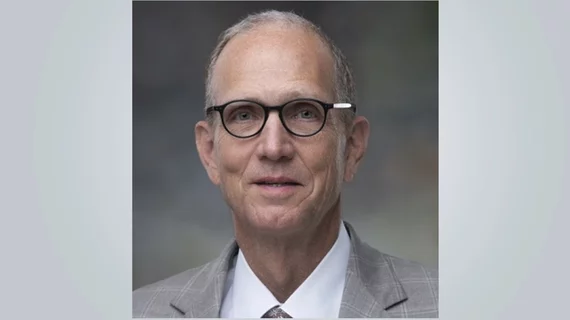Society of Thoracic Surgeons names its next president
John H. Calhoon, MD, a cardiothoracic surgeon from the University of Texas Health Science Center (UT Health) in San Antonio, has been elected president of the Society of Thoracic Surgeons (STS).
“To be elected by one’s peers is about a flattering an honor as one can receive,” Calhoon said in a prepared statement. “This is an exceptional opportunity to work with the STS surgeons and team leaders to make decisions and take strategic action to hopefully improve the Society and our specialty.”
Calhoon, an STS member since 1992, is the founding chairman of the department of cardiothoracic surgery at UT Health in San Antonio. He also works as a professor and head of the division of cardiothoracic surgery at the university’s Long School of Medicine. He has held several leadership positions over the years, working with the STS, Southern Thoracic Surgical Association, Thoracic Surgery Directors Association, American Board of Thoracic Surgery and more.
“Being selected by peers to lead a number of thoracic organizations has been tremendously rewarding,” he said. “There is nothing more gratifying than having people who you respect ask for your help or advice.”
Some of Calhoon’s early goals for his time as STS president include enhancing the STS National Database and helping bring cardiothoracic surgeons and cardiologists together to improve care for patients with cardiovascular disease. Reimbursement strategies are another area he hopes to focus on while in the position.

